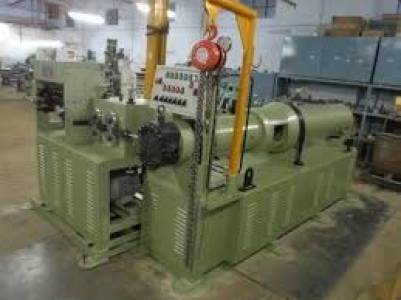
Horizontal extrusion is a highly efficient and versatile manufacturing process used to create a wide range of continuous profiles from thermoplastic materials. Unlike vertical extrusion, which relies on gravity, horizontal extruders utilize a powerful screw to propel molten polymer through a precisely engineered die, resulting in consistent, high-quality profiles. This method is particularly well-suited for producing long, complex, and high-volume parts.
Key Features & Benefits:
Applications:
Horizontal extrusion finds extensive use in diverse industries, including:
Choosing a Horizontal Extrusion System:
Selecting the appropriate horizontal extrusion system depends on factors such as:
Horizontal extrusion represents a sophisticated and highly productive manufacturing method for creating a wide array of thermoplastic profiles. Its precision, efficiency, and versatility make it an indispensable technology across numerous industries.